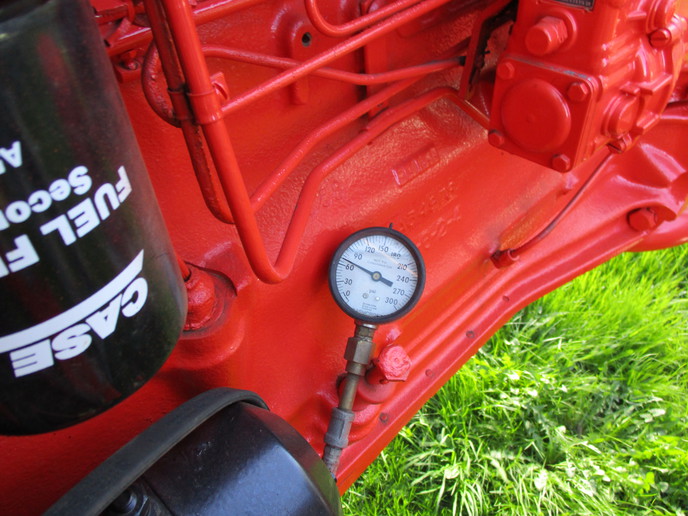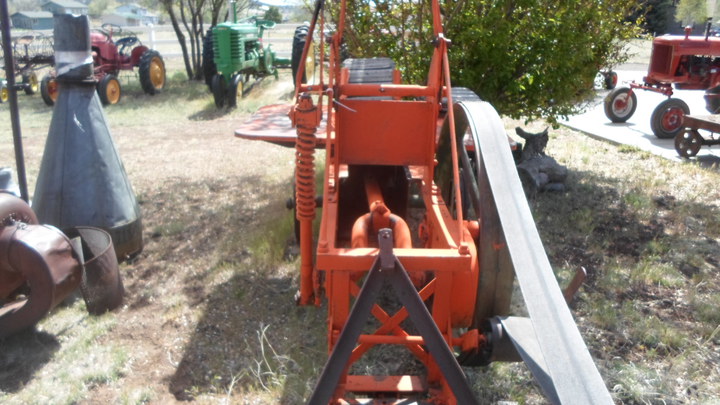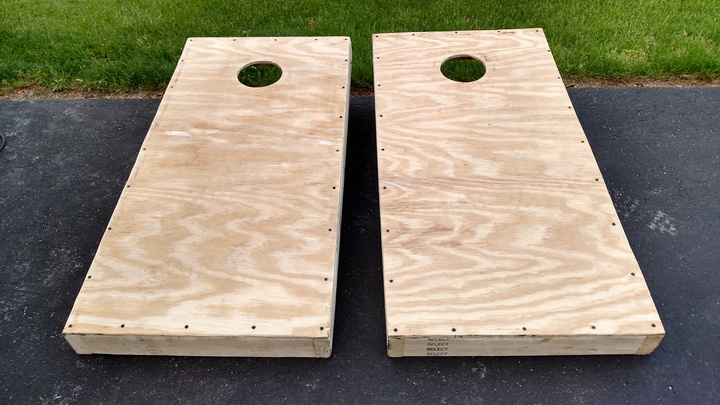Thanks Evan for your reply. I took four pictures today but only two transferred so far from my iPhone. They are attached. I will attach the others later.
The tractor belongs to my friend, he just purchased it from the prior owner. The four wheel drive worked fine but after pushing into the manure pile 3 times it quite working. He followed that up with pushing into a gravel pile, still not working. At the time we did not know it was a No Spin differential (Also called a Detroit Locker). We were advised to jack up one wheel and run a simple test. In one direction we heard loud clunking, in the other very muted clicking. We were advised to pull the drop box (see in picture) but to do that you have to pull the differential and to do that you have to pull the axles/planetaries. Anyway, this was new to us but we did it. Pulling the King Pins was a real treat until we learned the trick. The No Spin differential looked fine to me, only some minor wear on the teeth edges. I took it to the local MF shop, the Service Manager also agreed it looked OK. By the way, we do have the Service Manuals.
We thought about replacing those parts that had minor wear only to find out MF no longer offers those parts, big disappointment. Anyway, we decided to put it all back together and gain more experience. It should work as I put it together in the locked position.
Evan, your comments about how much weight and pull get put on those front tires with a loader seem right to me. I am thinking when the tractor was pushed into the manure pile likely with a little lifting action it put to much traction on the No Spin clutches and they disengaged simultaneously. That is my theory so far. And of course a minor amount of wear will only make it worse.
On further examination it seems this tractor has had a lot of loader work, likely heavy. The Allied (brand name) loader is welded at all the pin mounting points, this we observed before purchase. The weld repairs on this were well done, and my own observation about second tier loader manufacturers is they use poorer steel. So that was not a big flag. What we did not observe is the left front lug bolts appear to have been run loose and the mounting clamps to the wheel rim had all been re-welded, some poorly. Who ever put the left tire back on used English fine thread lug bolts rather than the required Metric lug bolts. They just "aired" it in and screwed up the threads. I had to use a 4 ft pipe to get them out, all the way.
It also appears work had been done on he King Pins and the bores they go into. Some were badly grooved. From right to left they did not match diameter, they should have. I found out later the entire front axle was for an earlier serial number tractor, so it does not appear have been the original axle, King Pins, Planetaries, etc.
Rather than lug bolts I plan to screw metric bolts in from the back side using the damaged threads (I ran a tap through them to repair) putting lug nuts on the front. Right now I am waiting for 16mm x 1.5 mm lug nuts from North Carolina, I am in WI and it seems this size is not readily available around here.
So a little long but this is my tale. If we continue to have issues I have thought about trying to find a normal spider differential, so one wheel can spin.
I would appreciate any further thoughts.
Thanks, Paul





